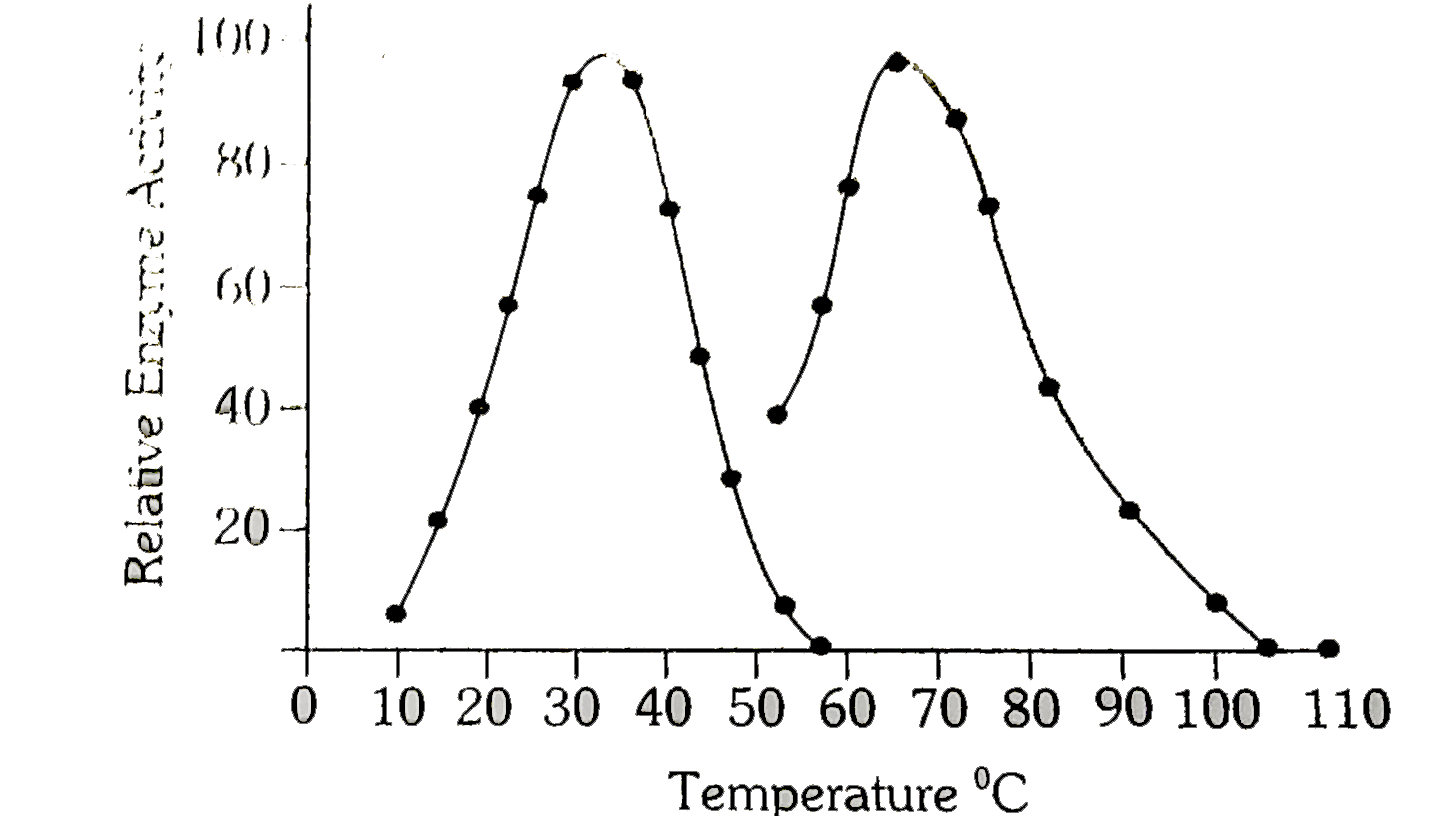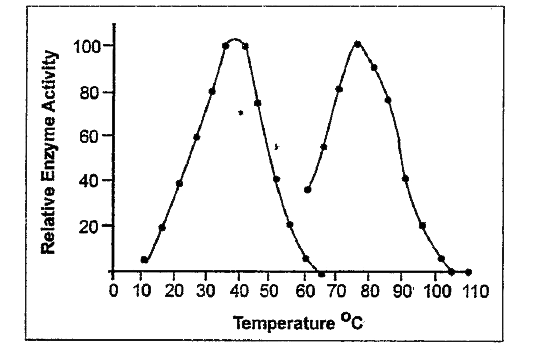Name one reptile in each case where higher incubation temperature leads to the development of : (a) male progeny, (b) female progeny.
Step by step video & image solution for Name one reptile in each case where higher incubation temperature leads to the development of : (a) male progeny, (b) female progeny. by Biology experts to help you in doubts & scoring excellent marks in Class 10 exams.
Updated on:21/07/2023Topper's Solved these Questions
- HEREDITY AND EVOLUTIONBOOK - LAKHMIR SINGH & MANJIT KAURCHAPTER - HEREDITY AND EVOLUTIONEXERCISE - Questions Based on High Order Thinking Skills (HOTS)
6 Videos
- HEREDITY AND EVOLUTIONBOOK - LAKHMIR SINGH & MANJIT KAURCHAPTER - HEREDITY AND EVOLUTIONEXERCISE - Very short Answer Type Questions
1 Video
- CONTROL AND COORDINATION BOOK - LAKHMIR SINGH & MANJIT KAURCHAPTER - CONTROL AND COORDINATION EXERCISE - Very Short Answer Type Questions
5 Videos
- HOW DO ORGANISM REPRODUCEBOOK - LAKHMIR SINGH & MANJIT KAURCHAPTER - HOW DO ORGANISM REPRODUCEEXERCISE - Exercise
23 Videos
Similar Questions
Knowledge Check
The given graph depicts the effect of temperature on the activity of the two enzymes A and B that catalyze the same reaction. Select the correct statement (s) for these results

A. The rate of reaction in each case increases with increase in temperature and declines at higher temperatures due to denaturation of the enzyme
B. Both the enzymes A and B are thermolabile
C. At higher temperature the reactants become highly energized and fail to interact with active site, thus decreasing the rate of reaction
D. The enzyme A is from a mesophilic organism, whereas the enzyme B is from a thermophilic organismAA, B, DBC and DCB and CDA and BThe following graph depicts the effect of temperature on the activity of the two enzymes A and B that catalyze the same reaction. Choose the correct statement(s) for these results.

A. The rate of reaction in each case increases with increase in temperature and declines at higher temperatures due to denaturation of the enzyme.
B. Both the enzymes A and B are thermolabile.
C. At higher temperature, the reactants become highly energized and fail to interact with the active site, thus decreasing the rate of reaction.
D. The enzyme A is from a mesophilic organism, whereas the enzyme B is from a thermophilic organism.AA and BBB and CCC and DDA, B, DCross-breeding
I. refer to the cross of superior male of one breed with superior female of another breed.
II. it helps to accumulate the desirable genes of the two breeds into a progeny.
III. the progeny may be used for commercial production.
Which of the statements given above are correct?AI and IIBI and IIICII and IIIDAll of these
Write names of one male and one female sex hormone.
View SolutionName the parts of an angiosperm flower in which development of male and female gametophyte take place.
View Solution(a) Name the organ that produces sperms as well as secretes a hormone in human males. Name the hormone it secretes and write its functions.
(b) Name the parts of the human female reproductive system where fertilization occurs.
(c) Explain how the developing embryo gets nourishment inside the mother's body.
View SolutionName the human male reproductive organ that produces sperms and also secretes a hormone.
Write the functions of the secreted hormone.
(b) Name the parts of the human female reproductive system where
(i) fertilisation takes place,
(ii) implantation of the fertilised egg occurs.
Explain how the embryo gets nourishment inside the mother's body.
View SolutionName the human male reproductive organ that produces sperms and also secretes a hormone.
Write the functions of the secreted hormone.
(b) Name the parts of the human female reproductive system where
(i) fertilisation takes place,
(ii) implantation of the fertilised egg occurs.
Explain how the embryo gets nourishment inside the mother's body.
View Solution